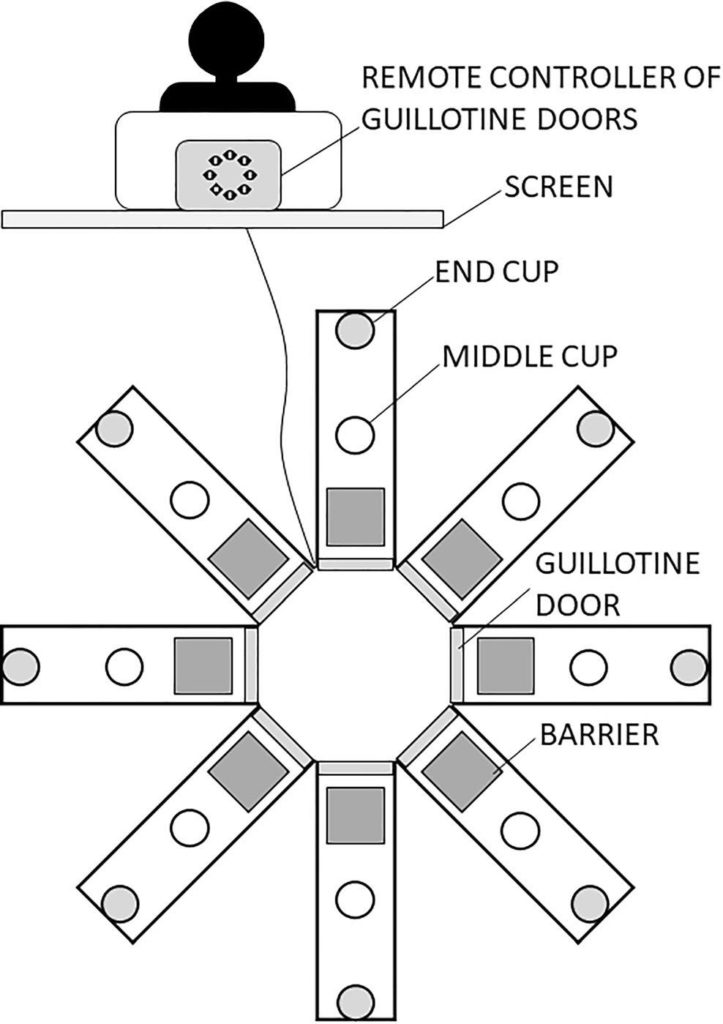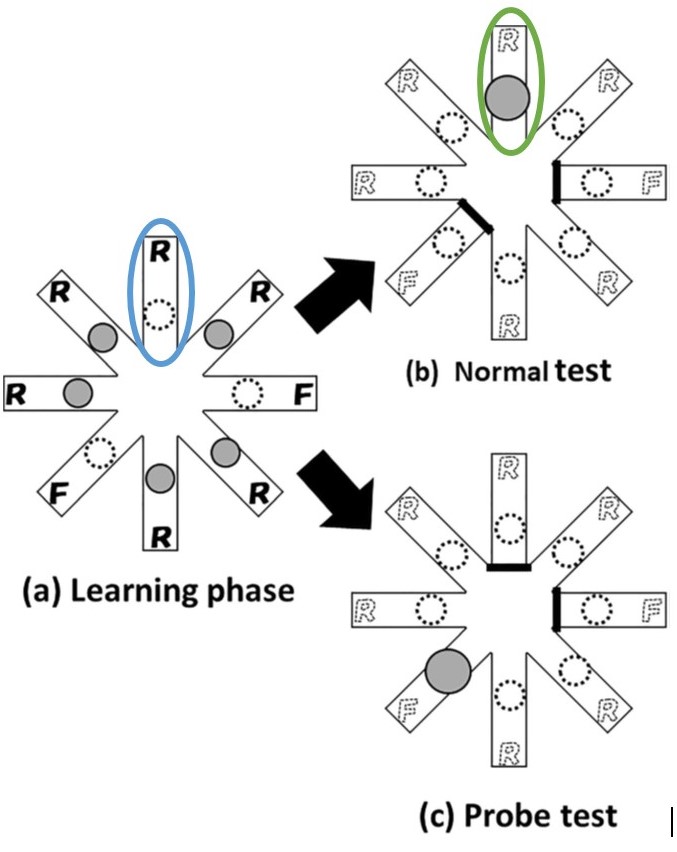In many professions, evaluations can be rough; one negative comment can negate all of the positive comments. Oftentimes, that negative comment takes on the “white bear” or thought suppression phenomenon identified by Daniel Wegner in 1987. Reportedly influenced by the following line from Fyodor Dostoevsky’s “Winter Notes on Summer Impressions”
Try to pose for yourself this task: not to think of a polar bear, and you will see that the cursed thing will come to mind every minute.
Wegner developed a series of experiments in which participants were given instructions to suppress their thoughts. In other words, they were asked to direct their forgetting of some specific information like “don’t think about the white bear.” Ironically, participants were more, not less, likely to think about the information they were supposed to suppress. Wegner eventually coined this pattern of results, the “ironic process theory.”
Bears, bears, bears
Despite this contradictory cognitive phenomenon, people can actively control what they are thinking about or rehearsing for short periods. For example, someone might choose to focus on remembering Dostoevsky’s “Winter Notes on Summer Impressions,” or a 5-minute speech on polar bears, while trying to simultaneously ignore all the other distractions currently ongoing – a TV program, music, or a conversation.
Being able to manipulate information temporarily is one of the processes performed in working memory. How we actively control what information should be rehearsed and what information should be ignored is one question that has been asked of both humans and animals. To help answer this question, tasks involving directed forgetting have been developed. These tasks provide cues that are linked to an item that must be remembered or item that can be forgotten. For example, take the figure below: a person would see the word “Leaf,” followed by a “red F comment bubble” (forget, or F-item) and then see the word “Arm,” followed by a “blue R comment bubble” (remember, or R-item). Based on the rules of the game, the person should learn that “Leaf” can be ignored and forgotten but “Arm” should be rehearsed for later recall.
Following directions and forgetting the bears
Humans complete this task well by showing poorer memory performance for the F-items and better memory performance for the R-items. Similar results have been found for pigeons and rhesus monkeys using a directed forgetting procedure in which an R-item and an F-item are presented in the same trial and non-memorial artifacts, such as nonreinforcement or response incompatibility, have been controlled. Rats, however, had yet to be tested on directed forgetting tasks with appropriate controls for non-memorial artifacts.
From white bears to rats
The article focused on in this post, published by Chiaki Tanaka, Hayato Yahagi, and Tohru Taniuchi in the Psychonomic Society journal Learning & Behavior, presents three experiments that were designed and conducted to examine directed forgetting in rats. Instead of bears or leaves, different types of food were used as cues to determine if rats could reallocate memory resources from F-items to R-items with appropriate controls.
Round and round we go…one at a time
Using an 8-arm radial maze (see schematic below), the first experiment tested R-items and F-items in the same directed forgetting task with an obstacle present to enhance effort level. The more effort individuals must put forth to learn something, the more salient the learning experience, such as memorizing Dostoevsky’s “Winter Notes on Summer Impressions.”
The second experiment replicated the first experiment but without the obstacle and more rats. The final experiment tested rats under two types of cognitive loads (high and low) for evidence that memory resources were reallocated from F-arms to R-arms.

To complete the directed forgetting task, the rats encountered two cups in each arm. The middle cup held food pellets that were either won (i.e., filled with 1 pellet, 10 pellets, or 20 pellets depending on the experiment and the phase; denoted by the shaded gray circle in the figure below) or lost (no reward, as denoted by the broken circle in the figure below). The end cup held one of two qualitatively different foods (chocolate chips vs. sweetened rice), which signaled the rat to either remember (R-cue) or to forget the arm (F-cue) for the test phase that followed.
Acquisition time (Panel A in the figure below)
Rats were only allowed to visit each arm one time during the learning phase. If the rat encountered a middle cup with no food (blue circle in the figure below) in the R-cue arm, the rat would learn that the arm would eventually be rewarded with chocolate chips during the test phase (green circle in the figure below) whereas the other R-cue arms that had 1 pellet would have no reward during the test phase (broken circles in b panel in the figure below). Moreover, the arms with sweetened rice, or F-cues, signaled that they would be removed for the test phase. To control for any order effects, chocolate chips and sweetened rice were counterbalanced across rats.

Testing for directed forgetting (Panel B in the figure above)
A normal test consisted of the two F-cue arms closed off and removed from exploration (bold straight lines). The rats now only had 6 arms to explore with only 1 arm (green circle above, formerly having no pellets, but having R-cue food) filled with 10 or 20 pellets depending on the experiment. This test phase was conducted to determine if the rats could learn that the two different cues provided information to be used in a directed forgetting task.
Active forgetting? Probe Tests (Panel C in the figure above)
For every five trials, a probe trial was conducted during the learning phase. This probe test attempted to determine if the rats were actively excluding F-arms from working memory by using the F- and R-cues. To test this process, the R-cued arm in which a big reward is available is closed and one of the two F-cued arms is closed as in a normal test (Panel C above).
Did the rats show directed forgetting?
Across all three experiments, the rats were handled and familiarized with the rewards they would encounter in the radial arm maze during the pre-training phase. The rats were then given 36 days of acquisition training consisting of learning, delay interval, and a test phase (panels A & B in the figure above). Probe trials were given over 18 days.
The results of Experiment 1 indicated that the rats learned to select the correct arm during acquisition and the probe tests showed that the rats’ performance deteriorated when the correct arm has been signaled incorrectly by the F-cue during the learning phase. The results of Experiment 2, with more rats and no obstacle, supported the findings of the first experiment. Thus, rats showed evidence of directed forgetting without the concern of non-memorial artifacts. The results of Experiment 3 did not support the prediction that memory resources were reallocated from F-items to R-items in different states of memory load (low: remember one lose-R arm during test phase vs. high: remember one of three possible lose-R arms).
More work is still needed to understand the nature of the selective memory rehearsal process in rats. While the rats were able to actively control memory rehearsal (no white bears present, just some chocolate chips and sweetened rice), it is still unclear if the rats were reallocating memory resources from F-items to R-items. Whether investigations involving neural circuitry or more discriminative tasks are needed, it is clear many more questions remain.
Psychonomics article focused on in this post:
Tanaka, C., Yahagi, H., & Taniuchi, T. (2019). Directed forgetting in rats: Evidence for active memory control? Learning & Behavior. https://doi.org/10.3758/s13420-019-00388-3
